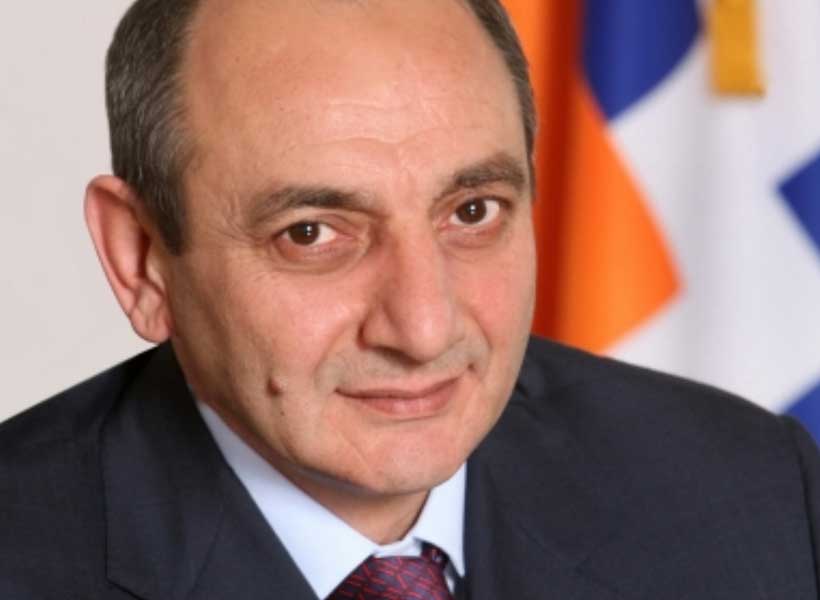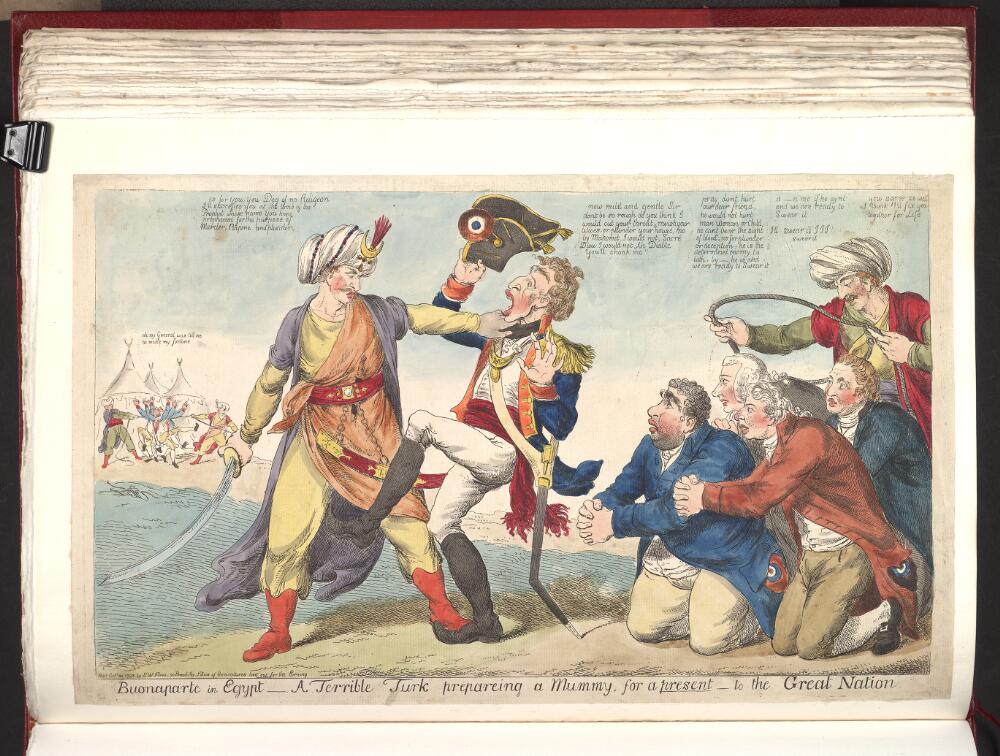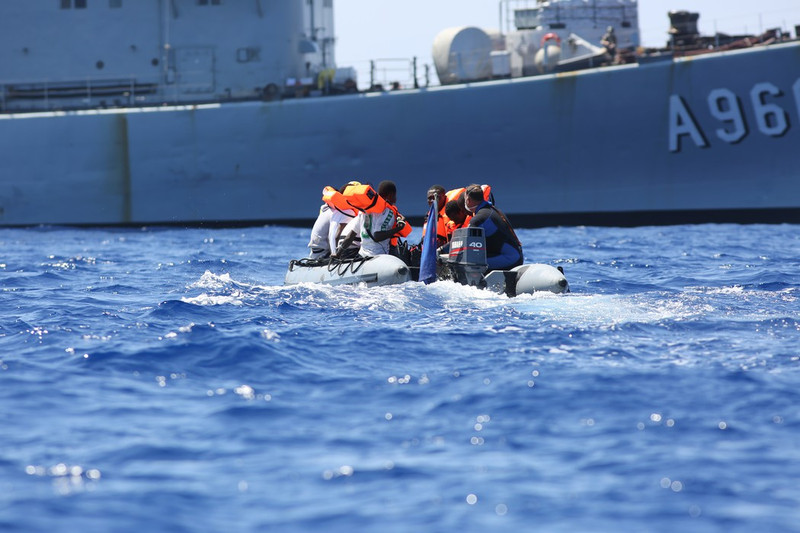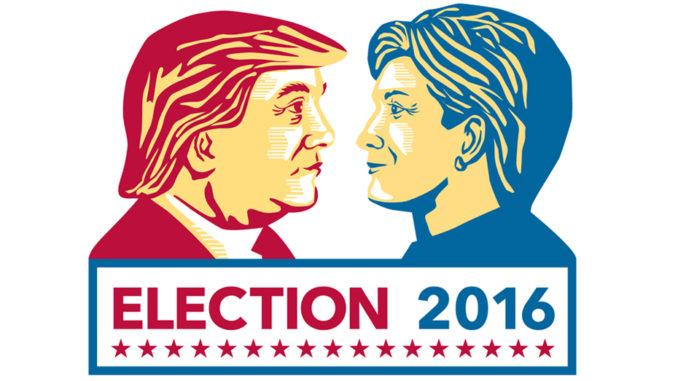
Modern Diplomacy (24 March 2018)
Dr. Javid VALIYEV
One of the main problems of authors writing on the Nagorno-Karabakh conflict is the misuse of the terminology. There are different groups who misuse the terminology on the conflict. Some authors in purpose misuse the terminologies like the former US ambassador to Armenia John Evans did. John Evans presented Nagorno-Karabakh as a “legal entity” and Bako Saahakyan as its “legal representative”. And others unintentionally interpret the terms by describing Bako Sahakyan as a “leader of Nagorno-Karabakh”. While the author’s approach in the article is rather different, one can assume that the use of the “Nagorno-Karabakh leader” in the headline is an unintentional misuse of the word. The headlines are very important since they dictate number of people reading the story, when social media could massively spread it out. The headlines shape the way people think about a piece and the way they remember it in the future. Misuse of terminology as a result of information pollution is the main problem of modern international relations. Bako Saakyan neither politically nor legally represents the people of Nagorno-Karabakh region; nor is a leader. To be more precise, Bako Sahakyan is the leader of Armenian separatists in the Nagorno-Karabakh region.
Firstly, Bako Sahakyan, was born in Khankendi, then the central city of Nagorno-Karabakh Autonomous Oblast (NKAO) of Azerbaijan. In 1988, before becoming the activists of the separatist movement of Nagorno-Karabakh, Bako Sahakyan held different positions in NKAO. In 1990, he joined Nagorno-Karabakh separatist military movement against Azerbaijan. Sahakyan started his career as a responsible person for smuggling arms for Nagorno-Karabakh separatists from abroad, but he was called back due to embezzlement of some money. As a leader of separatists, he is known for buying ordinary people’s loyalty through cash money or by paying their debt for them.
Secondly, Bako Sahakyan cannot be recognized as the “legitimate representative of Nagorno-Karabakh”, since Azerbaijanis living there were deported from their homelands in between 1988-1994. Even on February 20, 1988, when the parliament of the NKAO voted for the unification with Armenia, the representatives of the Azerbaijani community were absent of this process. As a result of parliamentary meeting, without approval of Azerbaijani population of NKAO, they seceded from Azerbaijan contrary to the constitution of Azerbaijan SSR. After the war, when the illegal and unconstitutional referendum over independence took place in Nagorno-Karabakh, the Azerbaijani population of Nagorno-Karabakh was expelled from the region. Until today, more than 780.000 Azerbaijanis have been deported from the Nagorno-Karabakh region as a result of the Armenia-backed military operations internationally recognized as occupation by the UN Security Council resolutions and resolutions from other international organizations. Because of the occupation, the members of Azerbaijani community of Nagorno-Karabakh remains internationally displaced persons in different regions of Azerbaijan. Thus, the Nagorno-Karabakh region is not consisted of Armenians only, the Azerbaijani population used to live there before they were forcefully left from their homelands.
Armenia and the Armenia-backed separatists captured the management of NKAO through the use of heavy weapons and established their military regime over the civilian population that could not exercise their free will. Not only Azerbaijan, but Armenia itself also suffered from the separatist movement. As a result of this movement, Armenia isolated itself from the regional projects. In 1997, separatists from Nagorno-Karabakh, precisely the so-called “Karabakh Clan” that included Bako Sahakyan as well as the former and current presidents of Armenia Robert Kocharyan and Serj Sargsyan, forced Levon Ter-Petrosyan to resign since he did not share their view of the conflict and expressed his readiness to resolve the conflict. As the President of Azerbaijan Republic Ilham Aliyev put it, “the only reason why Nagorno-Karabakh conflict has not been resolved yet is because Armenia doesn’t want to liberate occupied territories.” Armenia along with occupying Azerbaijani territories, also ruined the prospect of the future development for the Armenian people.
Bako Sahakyan is a representative of illegal entity that occupied the sovereign state’s territories. Nagorno-Karabakh is an internationally-recognized part of Azerbaijan. The issue is not that no country in the world recognizes separatist regime in Nagorno-Karabakh as an independent state; it is merely enough to glance at the map of Azerbaijan on the UN official page. The official website of the US State Department also displays Nagorno-Karabakh as a part of Azerbaijan. And yet, despite the fact that the UN and also the United States recognize Nagorno-Karabakh as a part of Azerbaijan, the US State Department still provided the visa for Bako Sahakyan. By issuing a visa for the separatist leader, the U.S. government indirectly supports the illegal activity of separatists, which killed thousands of people and caused the mass deportation of the civilian population from their homelands.
But right after the referendum was held on March 16, 2014 in Crimea, on March 17, 2014,the EU foreign ministers imposed EU-wide sanctions against Crimean separatists. Washington followed up with a sanction list of its own. On April 12 2014, the US imposed sanctions on high-profile Crimean separatists. On June 20, 2014, the US imposed new sanctions against separatists in Ukraine. The targets included some of the most high-profile figures of separatist movements in the eastern Ukraine. On 26 June, 2018,the Trump administration imposed new sanctions against eleven individuals that were involved in separatist movement in the eastern Ukraine. The list includes individuals such as so-called minister of finance, trade, justice and security in the self-proclaimed Donetsk People’s Republic and Luhansk People’s Republic in the eastern Ukraine. Until today, the US has imposed four sanctions against the separatists from the Crimea, but no sanctions against the Nagorno-Karabakh separatists, including Bako Sahakyan, who can freely receive visa to the EU countries and the US, in order to legalize the illegal entity. Both in case of separatists in Ukraine and Catalonia, we saw that western countries show rather different approaches to separatist attitudes in the Eurasian region.
To sum up, whether intentionally or unintentionally, misusing the terminology of the Armenia-Azerbaijan Nagorno-Karabakh conflict serves the legalization of the illegal entity on the territory ofthe sovereign state, which is totally unacceptable. Officials and experts should be careful in choosing the terminology. Because, separatism is not just a problem for Eurasian geography, but as we have seen in the case of Catalonia, for the whole world. The Catalan case proved that sovereignty of the states should be respected by all the actors and they have to avoid providing direct or indirect support for the legalization of illegal entities.
https://moderndiplomacy.eu/2018/03/24/who-is-bako-sahakyan/
© 2009-2025 Avrasya İncelemeleri Merkezi (AVİM) Tüm Hakları Saklıdır
Henüz Yorum Yapılmamış.
-
 20 TEMMUZ 1974 KIBRIS BARIŞ HAREKÂTI’NIN 50.YILDÖNÜMÜ KUTLU OLSUN! - EKONOMİ DİPLOMATİK - 20.07.2024
20 TEMMUZ 1974 KIBRIS BARIŞ HAREKÂTI’NIN 50.YILDÖNÜMÜ KUTLU OLSUN! - EKONOMİ DİPLOMATİK - 20.07.2024
Yiğit ALPOGAN 22.07.2024 -
 SELF-HATING TURKS AND THE GENOCIDE DEBATE - DAILY SABAH - 07.02.2019
SELF-HATING TURKS AND THE GENOCIDE DEBATE - DAILY SABAH - 07.02.2019
Hakan YAVUZ 07.02.2019 -
A MULTI-DIMENSIONAL LOOK AT IRAN'S NUCLEAR PROGRAM
Ahmet ERTAY 07.01.2015 -
 PUSHBACK PUSHBACK - EU OBSERVER - 15.10.2022
PUSHBACK PUSHBACK - EU OBSERVER - 15.10.2022
Alejandro TAUBER 19.10.2022 -
 ABD BAŞKANLIK SEÇİMLERİ WASHINGTON'UN GÜNEY KAFKASYA SİYASETİNİ NASIL ETKİLEYECEK?
ABD BAŞKANLIK SEÇİMLERİ WASHINGTON'UN GÜNEY KAFKASYA SİYASETİNİ NASIL ETKİLEYECEK?
Turgut Kerem TUNCEL 08.11.2016


